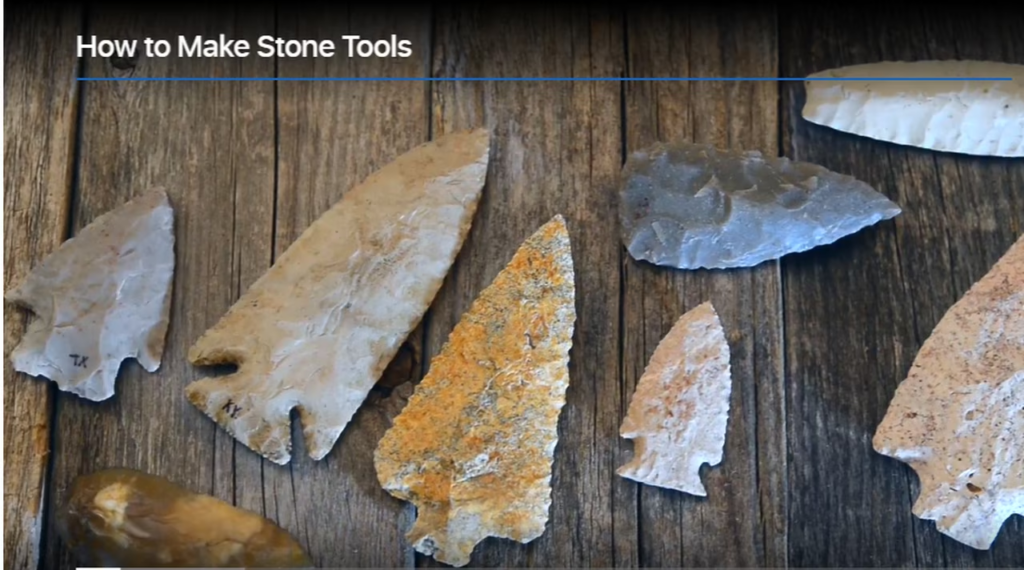For this post, I chose the 8mm film and the stone tools found along the riverbank in the Brooks Range. After doing some really fun research, I found some of the most common things that lead to deterioration for both of these objects. Of course, both objects are made of vastly different materials, and so they need to be cared for much differently.
Water, or humidity, is extremely deteriorative to both the film and the stone tools. It would obviously take longer for the water to impact the stone, but over enough time, it does happen. Being left exposed to the elements of all kinds impacts the film, and it’s best to keep it away from sunlight. Sunlight also affects stone tools – cycles of heating and cooling creates fissures or cracks over time, erasing the tools defining characteristics.
8mm film is made from an extremely thin plastic piece with chemical etching that provides the images on the film. This means that not only does the plastic need to be kept safe, so do the chemicals. The absolute best way to do this is to store the film in its original canister what’s known as the “40-40 rule” – 40 degrees Fahrenheit at 40% humidity, and if one can store it in a refrigerator or a freezer (as long as you can control the temperature and humidity). When storing the film in its canister, it’s best that there isn’t paper, rubber bands, or anything else that comes in contact with the film so as not to damage the chemicals or plastic. If you must write on the canisters, use acid free paper and archival ink. And if you can, there are several companies out there that digitize old 8mm and 16 mm film, so to ensure the memories stored on this 8mm film roll aren’t lost forever, I’d suggest sending it out to be digitized in addition to saving the original.
The stone tools are a different story. The first step is to relocate them from the riverbank in the Brooks Range. Water is one of the most detrimental elements to stone, along with wind. That being said, once removed from an outdoor environment where the elements can eat away at them, the stone tools should be stored somewhere dry and temperate. Stone tools are typically the last artifacts to remain at a site due to the lack of organic material, and so they don’t need quite as much preservative care as other artifacts that contain organic material, such as wood or animal skin.
My question is this: Which of these two items – the 8mm film or the stone tools – do you think is the most important to preserve if you HAD to pick only one? Why?

Interestingly, you chose the same as I. I was looking for a better description of the films’ condition but the seller didn’t provide much of anything except that they are playable. And we both know from this week’s readings there could be a wide range of damage to contend with. Nevertheless, they are priced reasonable. I think the stone tools are easier to care for so I would chose the film to answer your question because I am curious to know what footage is actually on those films.
I personally think that the film would be the more important one to preserve. We have many records and copies of stone tools, and they tend to be in pretty good condition. The film on the other hand, is easier to damage, and not as easy to restore. So, from the perspective of preserving something, I would do the film, just because it’s easier to damage, and harder to restore.
To be honest, I think the film is a lot more valuable to preserve than the stones. Film can be damaged very easily like what MoHagani and Arianna said. Film has a lot of delicate procedures to be preserved than stone such as environment and the climate/temperature. Overall, I really enjoyed your post!